Markus Reiter-Haas
Framing Analysis of Health-Related Narratives: Conspiracy versus Mainstream Media
Jan 18, 2024Abstract:Understanding how online media frame issues is crucial due to their impact on public opinion. Research on framing using natural language processing techniques mainly focuses on specific content features in messages and neglects their narrative elements. Also, the distinction between framing in different sources remains an understudied problem. We address those issues and investigate how the framing of health-related topics, such as COVID-19 and other diseases, differs between conspiracy and mainstream websites. We incorporate narrative information into the framing analysis by introducing a novel frame extraction approach based on semantic graphs. We find that health-related narratives in conspiracy media are predominantly framed in terms of beliefs, while mainstream media tend to present them in terms of science. We hope our work offers new ways for a more nuanced frame analysis.
FrameFinder: Explorative Multi-Perspective Framing Extraction from News Headlines
Dec 14, 2023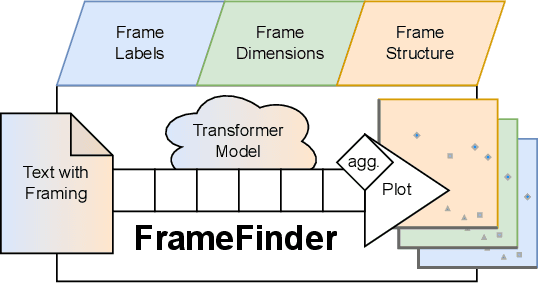
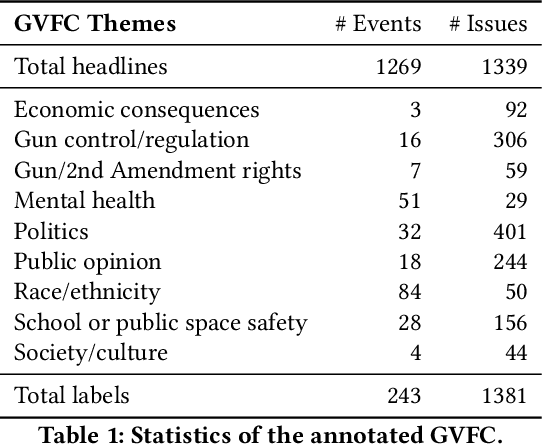
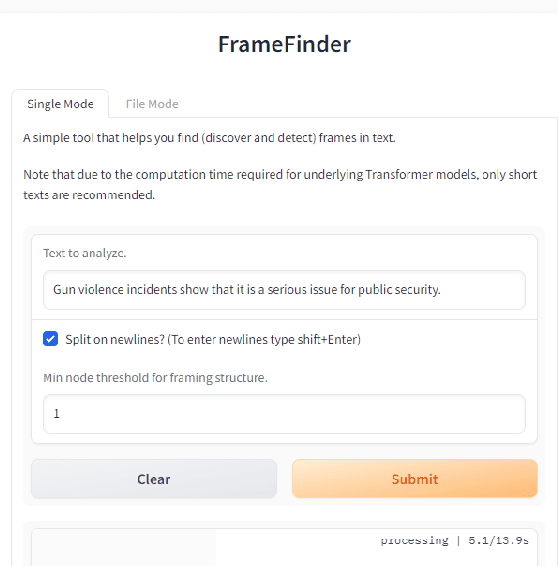
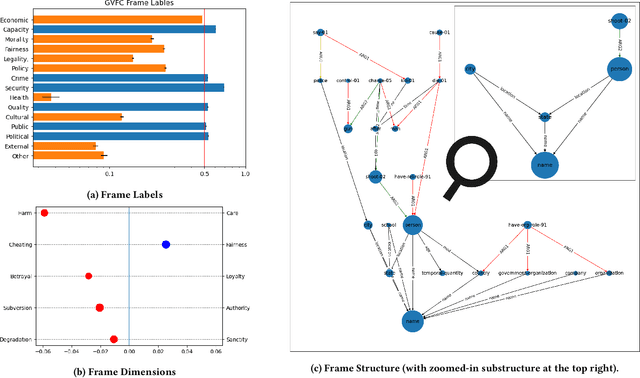
Abstract:Revealing the framing of news articles is an important yet neglected task in information seeking and retrieval. In the present work, we present FrameFinder, an open tool for extracting and analyzing frames in textual data. FrameFinder visually represents the frames of text from three perspectives, i.e., (i) frame labels, (ii) frame dimensions, and (iii) frame structure. By analyzing the well-established gun violence frame corpus, we demonstrate the merits of our proposed solution to support social science research and call for subsequent integration into information interactions.
* Accepted for publication at CHIIR'24
mCPT at SemEval-2023 Task 3: Multilingual Label-Aware Contrastive Pre-Training of Transformers for Few- and Zero-shot Framing Detection
Mar 17, 2023Abstract:This paper presents the winning system for the zero-shot Spanish framing detection task, which also achieves competitive places in eight additional languages. The challenge of the framing detection task lies in identifying a set of 14 frames when only a few or zero samples are available, i.e., a multilingual multi-label few- or zero-shot setting. Our developed solution employs a pre-training procedure based on multilingual Transformers using a label-aware contrastive loss function. In addition to describing the system, we perform an embedding space analysis and ablation study to demonstrate how our pre-training procedure supports framing detection to advance computational framing analysis.
Predicting Music Relistening Behavior Using the ACT-R Framework
Aug 05, 2021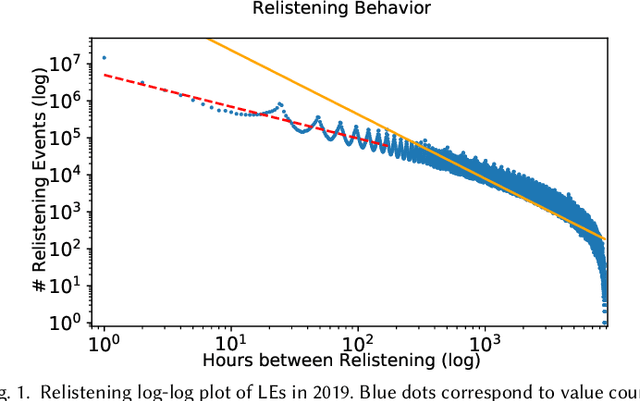
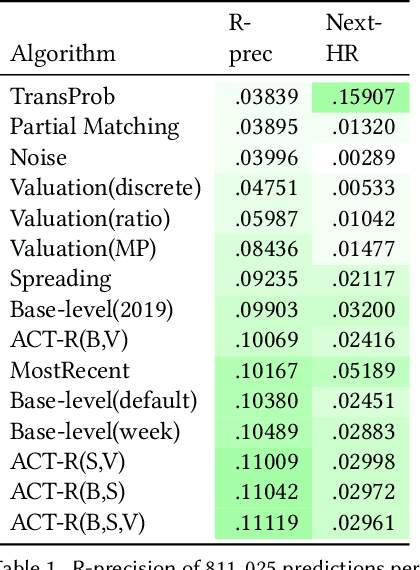
Abstract:Providing suitable recommendations is of vital importance to improve the user satisfaction of music recommender systems. Here, users often listen to the same track repeatedly and appreciate recommendations of the same song multiple times. Thus, accounting for users' relistening behavior is critical for music recommender systems. In this paper, we describe a psychology-informed approach to model and predict music relistening behavior that is inspired by studies in music psychology, which relate music preferences to human memory. We adopt a well-established psychological theory of human cognition that models the operations of human memory, i.e., Adaptive Control of Thought-Rational (ACT-R). In contrast to prior work, which uses only the base-level component of ACT-R, we utilize five components of ACT-R, i.e., base-level, spreading, partial matching, valuation, and noise, to investigate the effect of five factors on music relistening behavior: (i) recency and frequency of prior exposure to tracks, (ii) co-occurrence of tracks, (iii) the similarity between tracks, (iv) familiarity with tracks, and (v) randomness in behavior. On a dataset of 1.7 million listening events from Last.fm, we evaluate the performance of our approach by sequentially predicting the next track(s) in user sessions. We find that recency and frequency of prior exposure to tracks is an effective predictor of relistening behavior. Besides, considering the co-occurrence of tracks and familiarity with tracks further improves performance in terms of R-precision. We hope that our work inspires future research on the merits of considering cognitive aspects of memory retrieval to model and predict complex user behavior.
 Add to Chrome
Add to Chrome Add to Firefox
Add to Firefox Add to Edge
Add to Edge